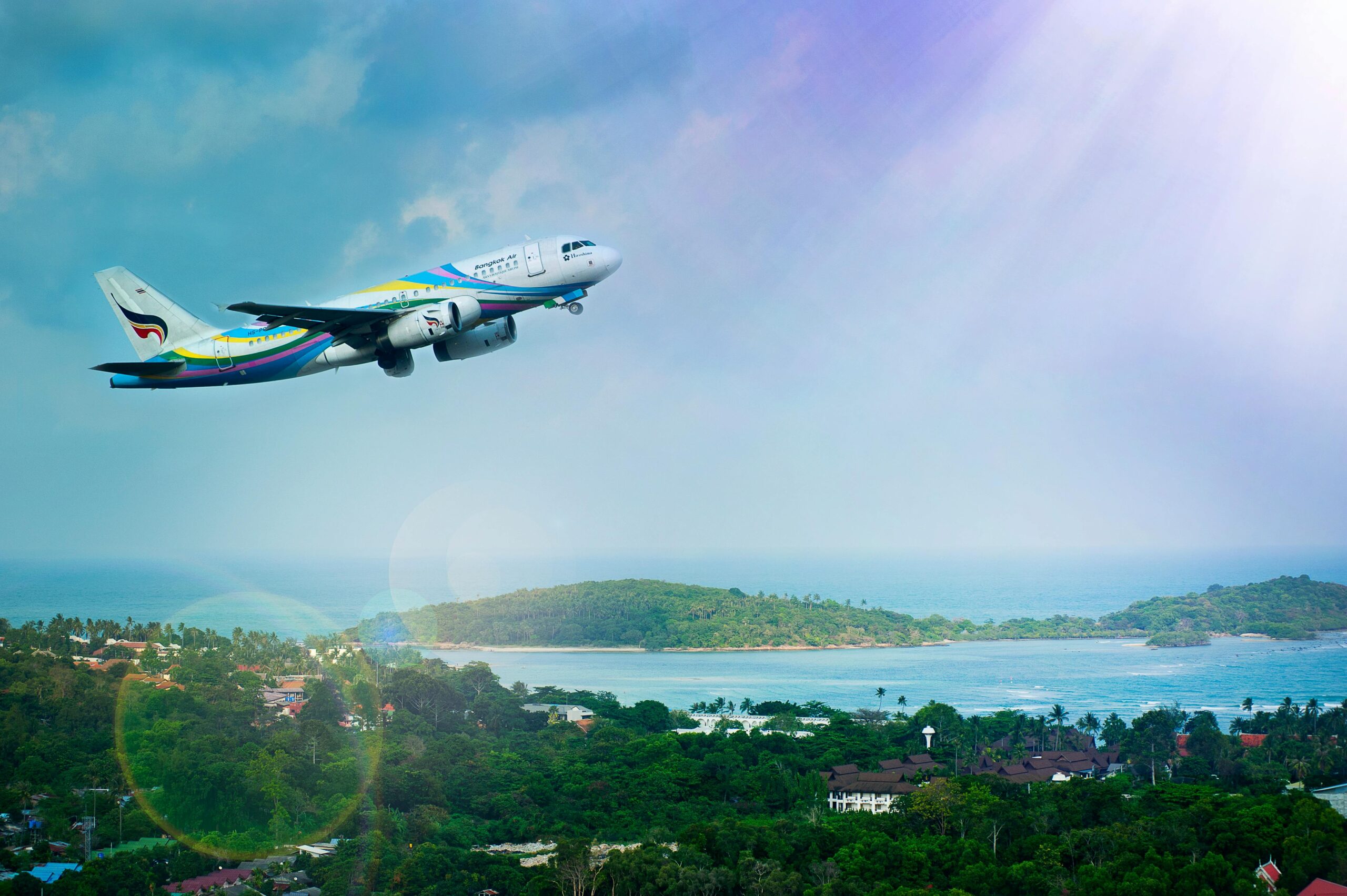Introduction
Air travel, while statistically one of the safest modes of transportation, often evokes anxiety in many individuals. Recent aviation incidents have further heightened these fears, leading to a surge in flight-related anxiety.
To address these concerns, Texas-based aviation expert Collin Ruff offers insights and strategies to help passengers manage and overcome their apprehensions.
Understanding Flight Anxiety
Flight anxiety, or aviophobia, affects a significant portion of the population. Research indicates that between 2.5% and 40% of people experience flying-related anxiety each year.
This fear can stem from various factors, including a perceived lack of control, fear of heights, or negative media coverage of aviation incidents.
Expert Insights from Collin Ruff
Collin Ruff, a seasoned flight instructor based in Midland, Texas, emphasizes the importance of education and firsthand experience in combating flight anxiety. He suggests that individuals consider taking a flight lesson to gain a deeper understanding of aviation mechanics and pilot training. This immersive experience can demystify the complexities of flying, providing a sense of control and familiarity.
Practical Techniques to Manage Anxiety
Beyond experiential learning, Ruff recommends several practical techniques to alleviate in-flight anxiety:
-
Breathing Exercises: Implementing structured breathing patterns, such as inhaling for four seconds, holding the breath for four seconds, and exhaling for four seconds, can activate the body’s relaxation response, reducing stress levels.
-
Situational Awareness: Upon boarding, passengers should familiarize themselves with the aircraft’s layout, noting the locations of all exits. Attentively listening to pre-flight safety briefings can also empower passengers with knowledge, mitigating feelings of helplessness.
Reassuring Flight Statistics
Understanding the inherent safety of air travel can further ease anxieties:
-
Low Accident Rates: In 2022, there was approximately one aviation accident for every 0.83 million flights, underscoring the rarity of such events.
-
Turbulence: While often unsettling, turbulence is a common and non-threatening aspect of flying, with aircraft designed to withstand significant aerodynamic forces.
-
Engine Reliability: Modern aircraft are engineered with multiple engines and are capable of safe operation even if one fails. Pilots undergo rigorous training to handle such scenarios effectively.
Additional Strategies from Mental Health Experts
Mental health professionals and pilots offer further strategies to manage flight anxiety:
-
Education: Gaining knowledge about flight mechanics and safety protocols can alleviate fears rooted in the unknown.
-
Relaxation Techniques: Practices such as mindfulness and deep breathing can help maintain calm during flights.
-
Positive Focus: Concentrating on the benefits of travel, such as reaching a desired destination or experiencing new cultures, can shift attention away from anxiety.
Conclusion
Flight anxiety is a common yet manageable condition. Through education, practical techniques, and an understanding of aviation safety, passengers can transform their flying experience into a more comfortable and even enjoyable journey. As aviation expert Collin Ruff and mental health professionals suggest, embracing knowledge and employing coping strategies are key steps toward conquering the fear of flying.
(Source : newsbreak.com )






